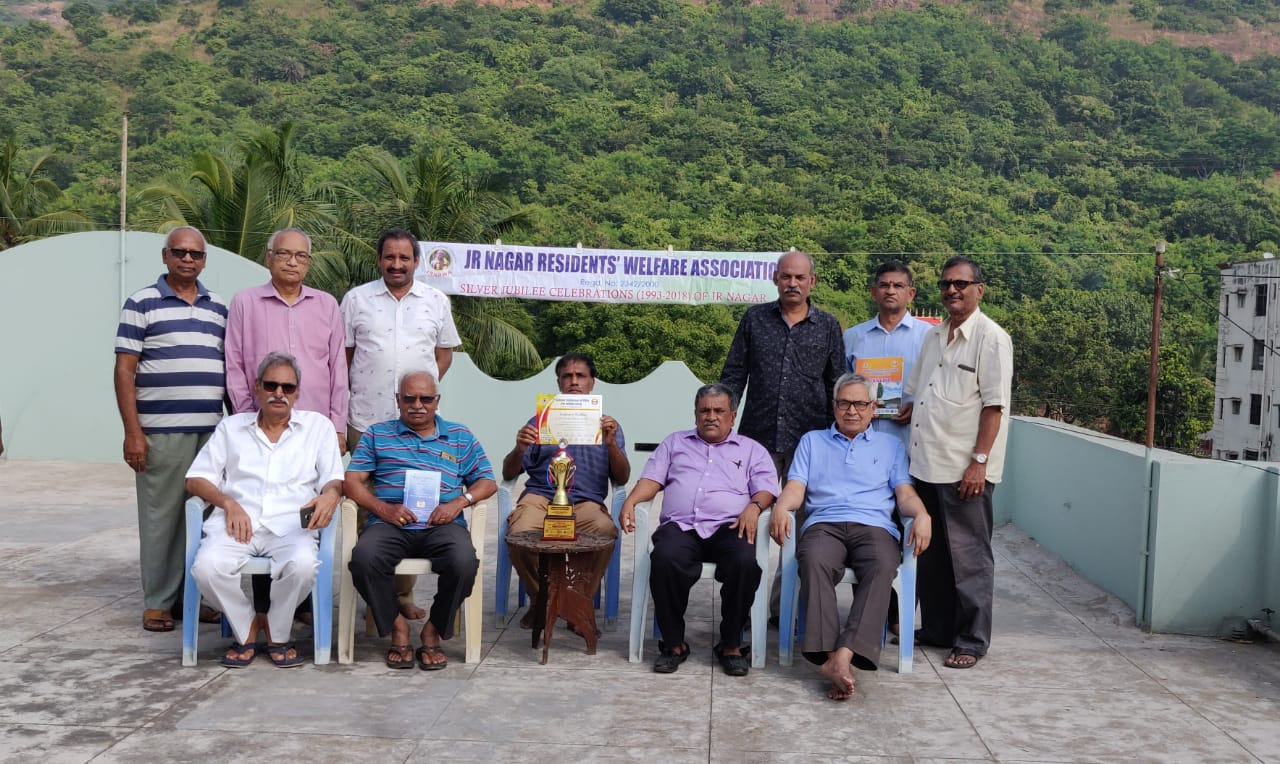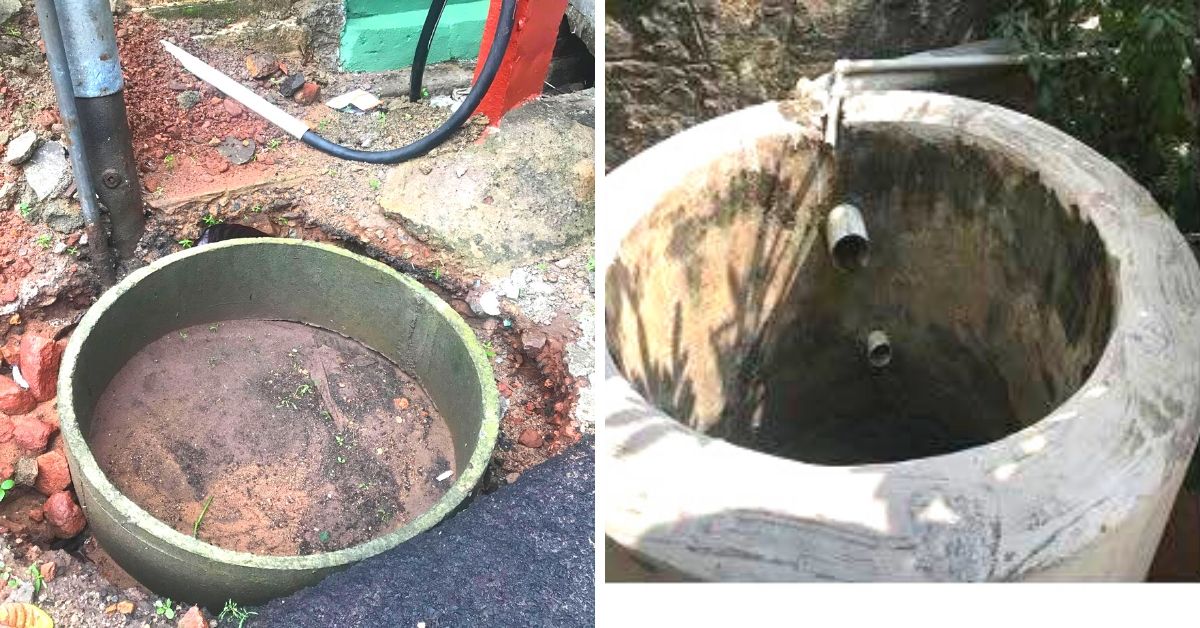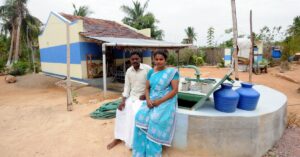This Vizag Colony Has Not Paid For a Single Drop of Water in 27 Years. Here’s Why
The 15 pits have exponentially recharged the groundwater levels of the JRN colony as well as the neighbouring ones, conserving lakhs of litres of rainwater. Best part? Per pit costed not more than Rs 7,000.

“We have not purchased a single drop of drinking water in the last 27 years. Our 15 pits of roadside and individual rainwater harvesting cater to the water needs of 1,500 residents of Jagannadharaju Nagar (JRN) Colony,” says K S R Murthy from Visakhapatnam, proudly.
A scientist, Murthy is the President of Jagannadharaju Nagar Residents Welfare Association (RWA), that was formed in 1993 to ease civic issues of the residents.
Murthy was well aware of the water issues in the city due to scanty rainfall and depleting groundwater reserves. Along with other members of the RWA, he foresaw how the water crisis was only going to worsen in the future.
“While we would have very little water in the summers, the monsoon meant water stagnation or flooding. This gave rise to water-borne diseases and unhygienic conditions in the colony,” informs Murthy.
Around this time, the Visakhapatnam Municipal Corporation was urging all apartment buildings to construct water harvesting pits.
Taking that as motivation, the RWA members initiated rainwater harvesting, a project that went on to win Rs 1 lakh in cash prize from the Union Ministry of Water Resources in 2019.

The RWA members sensitised the colony dwellers about the need to conserve water. Many abandoned wells and sumps were converted into water harvesting pits by the apartment buildings. “We have connected the terrace directly to these pits via pipes so that monsoon water is collected properly.”
The RWA also came up with a long-term solution to water scarcity in the form of roadside water harvesting.
“The motive was to replenish the groundwater tables so that the city does not run out of water, as we have seen in the cases of Chennai and Delhi. Through this, we wanted to promote the concepts of arresting rainwater and avoiding water stagnation,” adds Murthy.
Murthy backs his theory with the fact that water in JRN colony is available at 50 feet in contrast to other places in the city at 200 feet.
How Roadside Rainwater Harvesting Works

Before purchasing materials or hiring masons, one should study the topography of the colony, says Murthy.
Then, identify the water accumulation points (they will mostly be the low-lying areas) and start digging pits.
The JRN RWA went with the dimension of 4x4x5 feet (5 feet deep) and constructed circular pits at the cost of Rs 7,000 each on either side of the road.
They added gravel, stones, and sand in the pits that purify the wastewater, and covered the pits with rectangular borders. The pipes under the borders allow rainwater to enter the pits.
While this rainwater harvesting technique has proven to be beneficial, Murthy cautions about manholes in the area. “During heavy rains, the manholes overflow, enter the pit, and dirty the groundwater. So, be alert and ensure your local municipality clears the manholes on time.”

The 15 pits constructed since 2010 have exponentially recharged the groundwater levels of JRN colony as well as the neighbouring ones, conserving millions of litres of rainwater. Moreover, the harvesting pits save 7.45 lakh litres of water every year.
Not stopping at that, Murthy recently came up with a short booklet on how individuals and apartments can learn from traditional water-saving techniques and follow simple measures to bring about a change. If you found our stories insightful, informative, or even just enjoyable, we invite you to consider making a voluntary payment to support the work we do at The Better India. Your contribution helps us continue producing quality content that educates, inspires, and drives positive change. Choose one of the payment options below for your contribution- By paying for the stories you value, you directly contribute to sustaining our efforts focused on making a difference in the world. Together, let’s ensure that impactful stories continue to be told and shared, enriching lives and communities alike. Thank you for your support. Here are some frequently asked questions you might find helpful to know why you are contributing?

“From installing a low-cost nozzle on taps, replacing showers with buckets, reusing greywater, checking leaks in pipes, to closing the faucet while brushing, many simple methods can be adopted. Needs are rising, and the resources are diminishing. It is here that every citizen should act and make efforts to conserve and manage resources. We need to fully understand the impending water doom and act on it now,” he concludes.
(Edited by Shruti Singhal)
Like this story? Or have something to share?
Write to us: [email protected]
Connect with us on Facebook and Twitter.
This story made me
-
97
-
121
-
89
-
167















